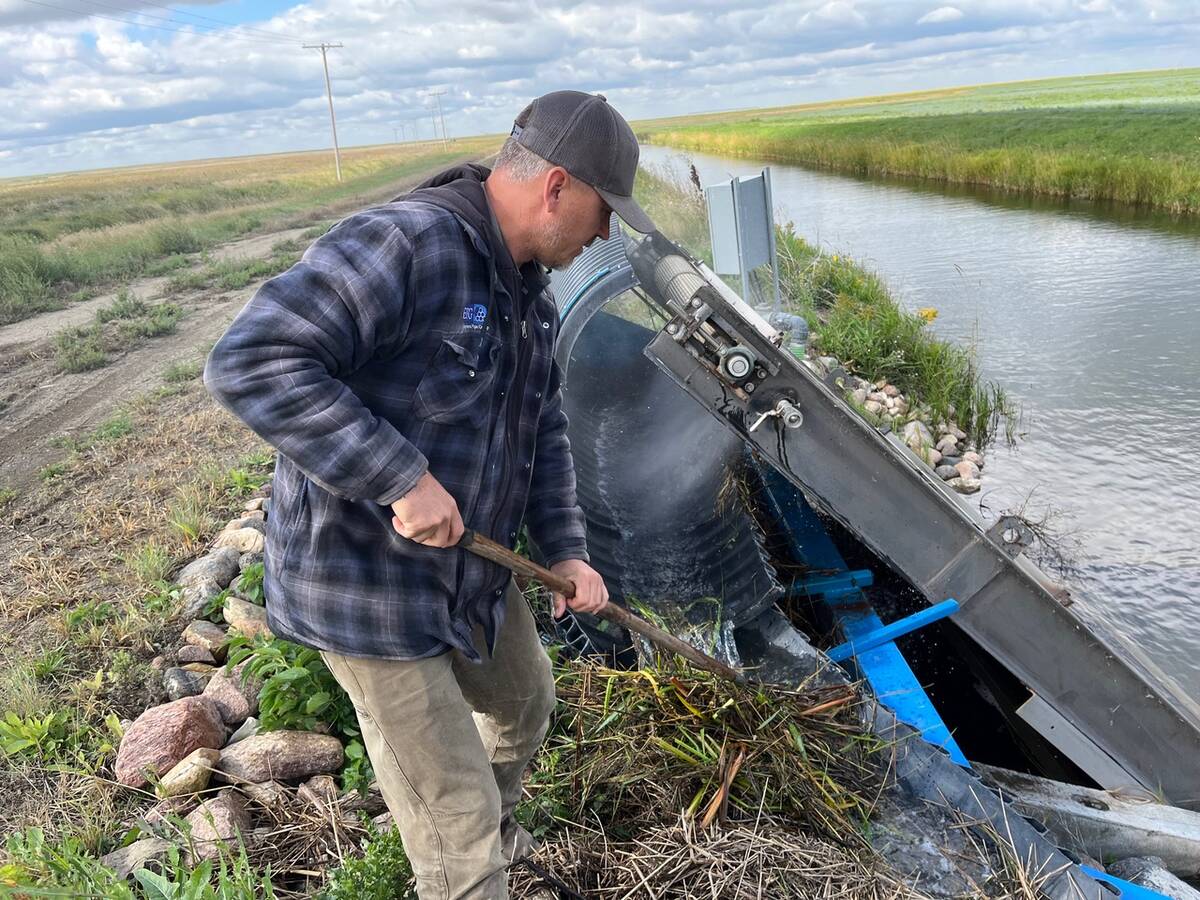Funding for a new pulse research facility is nearing completion with a sizable injection of cash from the federal government and a private chemical company.
Federal finance minister Ralph Goodale announced last week that Western Economic Diversification Canada is contributing $750,000 to the laboratory already under construction at the University of Saskatchewan.
It comes on the heels of a $125,000 donation by BASF Canada at Crop Production Week.
Goodale’s pledge brings the total to a little more than $2.7 million, 90 percent of the way to meeting the estimated $3 million price tag for the 1,260 sq. metre research lab.
Read Also

Saskatchewan farmer uses tile drainage to manage water
The integration of both irrigation and tile drainage results in higher yields, water efficiency, improved soils and less nutrient runoff, says one producer.
Construction on the long-awaited project began in November and is slated for completion in August, with the grand opening expected in September.
The lab is being built as an addition to the small, 30-year-old field laboratory that has served as the cramped headquarters for a team of researchers that can reach 40 people during the summer.
U of S Crop Development Centre director Rick Holm said in addition to providing a more comfortable setting for two breeders, a plant pathologist, a crop physiologist and their research assistants, it will have an indirect impact on more than 20,000 Saskatchewan pulse growers.
“We’re going to be more efficient at turning out improved varieties that keep these folks competitive in world markets,” he said.
“They’re not going to see a huge change a year from now but over time we’re going to be a better plant breeding organization because of it.”
Holm is excited to see the project coming together, but he admits there have been some compromises and stumbling blocks since the new lab was first proposed back in 2000.
The original plan was to build a $10 million, 2,000 sq. metre research facility but the two project partners, the University of Saskatchewan and Saskatchewan Pulse Growers, soon realized that was too ambitious.
There was also supposed to be a new chickpea breeder working at the centre by now but that won’t happen until sometime later this year.
Agriculture Canada, which was to provide funding for the position, wanted to promote someone from within the department but Saskatchewan Pulse Growers wanted an open competition that would attract candidates from all over the world.
Holm said they are searching for an alternate source of funding. Rather than hiring a chickpea specialist, the position will go to the best available pulse crop breeder.
In SPG’s 2004 annual report, former chair Shawn Buhr said “with some certainty” that a third breeder will be hired in 2005.
Bert Vandenberg, one of two breeders working on pulses at the centre, said the new lab will help improve quality, disease resistance and yield in all of the centre’s pulse breeding programs.
Plant pathologist Sabine Banniza said it will enable her to move field-related research activities out of the overcrowded lab in the U of S agriculture college closer to crop trials and her fellow pulse researchers.
“It will make cross-discipline activities, in particular between breeding and pathology, run smoother and faster,” she said.
The new funding from Western Economic Diversification Canada brings the total federal and provincial government contribution to $2.25 million when it is added to the $1.5 million committed by the Canada-Saskatchewan Agri-Food Innovation Fund in 2002.
The remaining $465,600 has come from private donors including chemical, inoculant and seed companies and from pulse processing firms.
“In the last 30 years our industry has grown from basically zero to a global force,” said newly elected Saskatchewan Pulse Growers chair Dean Corbett.
“Part of this success has come from our commitment to research Ñ a commitment that I’m pleased to see is shared by our partners in both government and industry.”

















